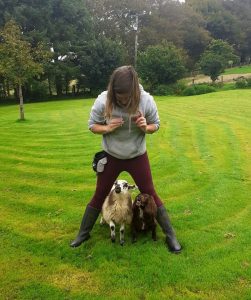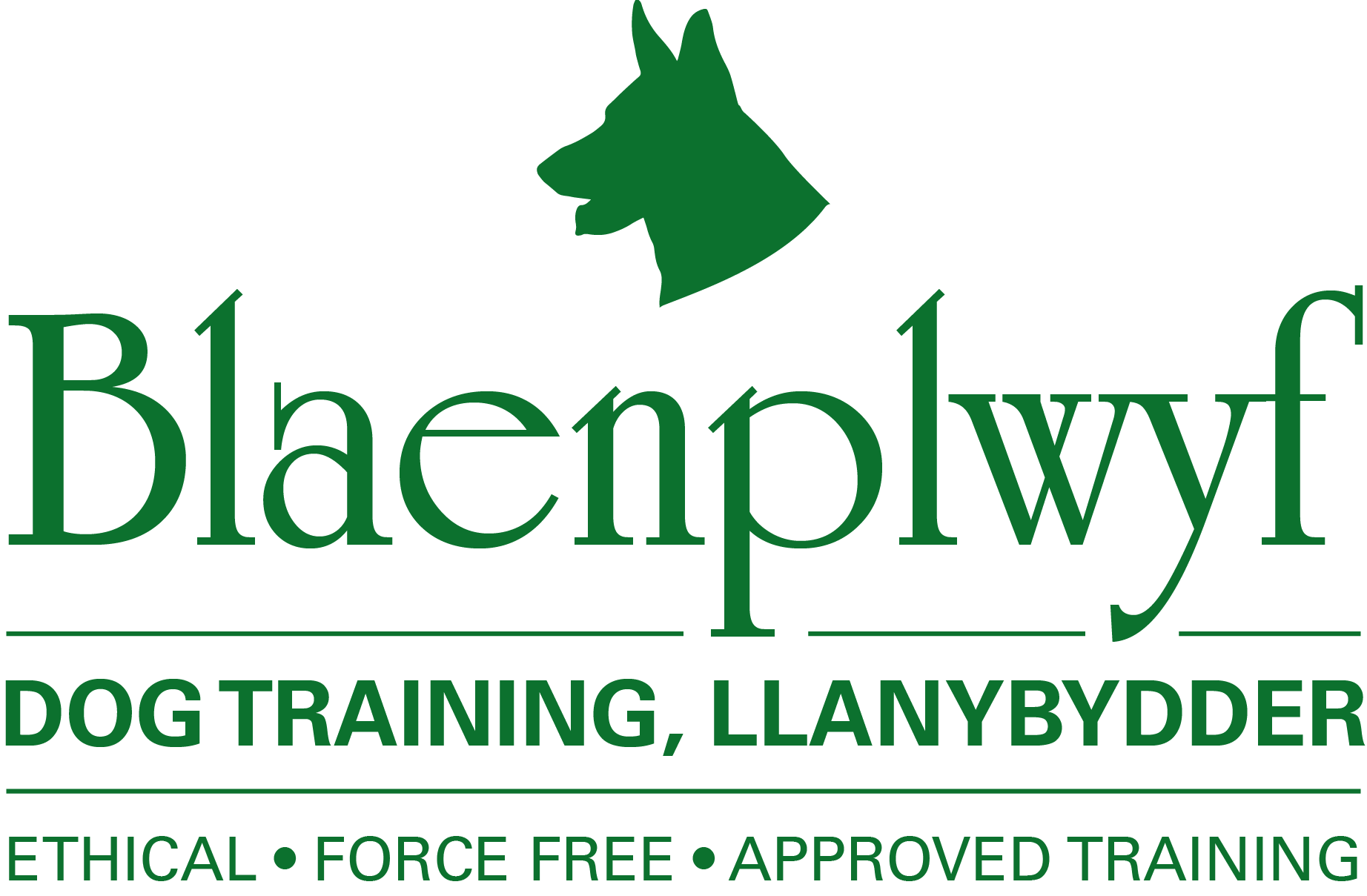Now I think we have all had moments with our dogs where we really do believe they are being naughty just to help us reach for that glass of wine earlier that day. Well I want to go into more detail on this topic and hopefully bring back some sanity, are our dogs naughty and nice or maybe they are just misunderstood.
Being a qualified, accredited trainer with the IMDT, a member of the Pet professional network, and a step away from gaining my level 5 advanced behaviour diploma with Canine professionals, amongst many other courses, you can imagine my life and world is surrounded by dogs. I often get asked ‘is my dog just naughty and doing these behaviours ( insert devilish behaviour here ) to annoy’. The simple answer is no, however I will explain the reasons for this and how we can change simple habits to help our dogs become understood and have a happier life working in partnership with your canine friend
The first thing to know is there is always a reason behind a behaviour, it could be learnt response, an a emotional response or a genetically influenced response. So while we may not like the behaviour our dogs are doing, its important to look at the root of the cause, rather than treating just the symptoms.
When looking at why a behaviour occurs, we must always look and observe to what causes that behaviour, and what the consequence or reinforcer for that behaviour are. Now I’m not going to get too technical here otherwise ill be the reason for that early glass of wine!
The fact is all behaviours occur after a stimuli ( a stimuli being anything in the environment ) and all have a consequence that follows. For example dinner served on dinning table ( the stimuli ), leads to dog begging ( the behaviour ) family member feeds from table ( the consequence ). When we break this down its clear to see the dinner laid on table is a predictor for the dog to beg which leads to being fed, thus reinforcing the beg from our dog.
This is a clear example of a learnt behaviour. Now when our dogs learns a behaviour gains something reinforcing, they will absolutely try that again next time. Now the above is a basic example but applying the same breakdown to behaviour helps us understand what happens prior to the behaviour and what reinforces it after.
Being human I think we all can have the habit of focusing our attention to the negatives in life, the saying ‘1 bad apple spoils the bunch’ I think Is true to our nature, one bad event taints all the good that surrounds. This is something I have done on occasions with my own dogs ! ( don’t worry us dog trainers aren’t always perfect ) I find myself giving attention to behaviours I find undesirable, and to a lot of our dogs attention is attention so the behaviour becomes reinforced and something they are likely to repeat.

So how do we change this?…. We teach an alternative behaviour that we like. For our begging dog, teaching something that means they can’t possibly rehearse the pawing, nudging and begging is a great solution. My go to for these problems would be teaching a settle/mat, so instead of food on table being a trigger to paw, nudge and beg, we change it to a trigger for going to bed and our consequence can be a filled puzzle toy for our dog to be busy with while you eat dinner. Lots of repetition and the dog learns that dinner time = bed = filled puzzle toy.
So your dog still gets to enjoy dinner time, but in a much more appropriate and favourable way for us humans. When we reinforce the behaviours we like, we see those behaviours more. We all work for reinforcement in our lives, going to work > productive work = bonus pay, next time we go to work we are likely to be productive for that extra bonus.
Another example would be a person passing a window visible to a dog ( This would be the stimuli ) Leads to the dog barking ( the behaviour ) the person passing the window goes away ( the consequence )- for this particular example we will assume there is no influence from owner.
Breaking the behaviour down into segments lets us see that the barking is reinforced by the passer-by going out of sight, so for our pooch the bark works, the scary/overwhelming thing goes away, so next time a person passes, the barking is likely to occur again.
When looking at changing the above, we would look at two options. Ensuring the dog has no access to the window so can’t see the person passing, this means the behaviour is no longer reinforced for our dog. Then look at changing the behaviour and association to what a person passing by means.
Due to this being an emotional response we would want to change person passing = insecurity ( barking ) to person passing = good stuff happening. Setting up a scene to have somebody pass the window and then send something rewarding on the floor for the dog is a nice simple exercise to help start changing the association. That person passing = yummy treats on floor.
While the above are examples and are not covering all potentials, it’s a simple way to start understanding what causes a behaviour. So while we all have days where we think our dogs are simply being naughty, have a look at a breakdown of what happened prior to the behaviour and after and how you can start changing small actions to positively change behaviour for the better.
Start rewarding all those little wonderful things our dogs do good throughout the day, you’ll find them offering those behaviours more and more, working towards that happy fulfilled relationship between human and canine. Give it a go, start rewarding those behaviours you like and giving a replacement for the ones you don’t, see what changes you have.
REMEMBER WHAT GETS REWARDED GETS REPEATED. UNLEASH THE POWER OF POSITIVE REINFORCEMENT TODAY

